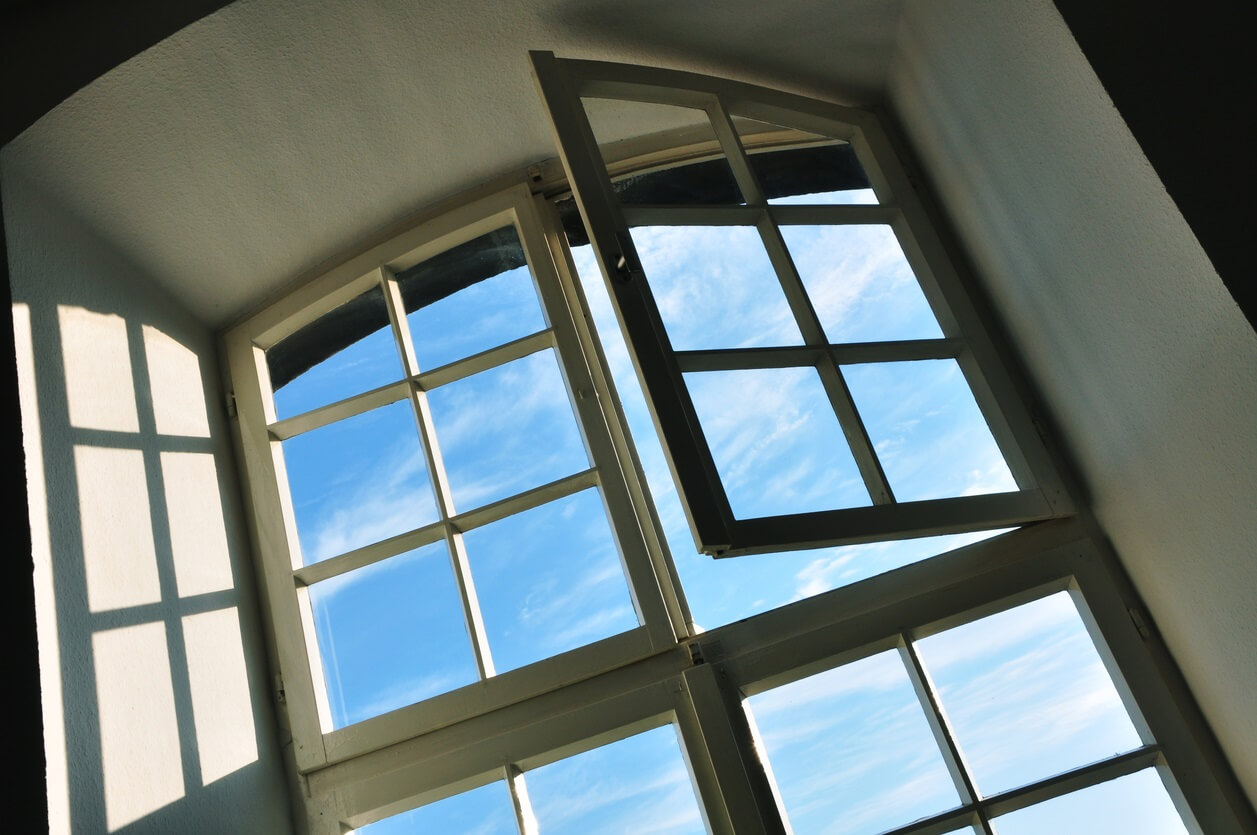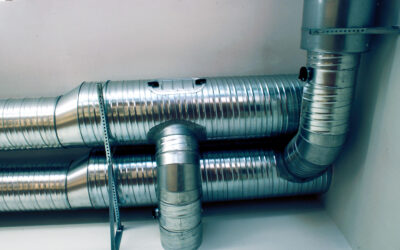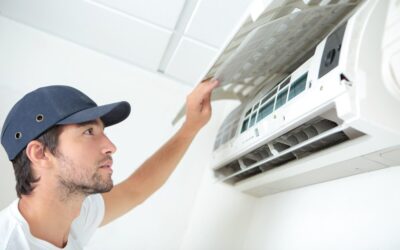Silent, not deadly, but costly; learn how to find your windows’ air leaks
 If you’re like many Floridians, you keep your windows closed most of the year to keep the warm air out. And you keep your window treatments closed to keep the sun out. But if you think your efforts are keeping your energy bill in check, you might stress out to know that your efforts are for naught unless you seal your windows, too.
If you’re like many Floridians, you keep your windows closed most of the year to keep the warm air out. And you keep your window treatments closed to keep the sun out. But if you think your efforts are keeping your energy bill in check, you might stress out to know that your efforts are for naught unless you seal your windows, too.
Your home’s windows represent one part of its overall envelope; the other parts are the roof, walls and doors. Unless you take up residence in submarine, your “envelope” will never be 100 percent airtight. But unlike a faulty air conditioner that might squeak, a malfunctioning furnace that might creak and a faltering water that might gurgle as it leaks, your windows sit in silence as perhaps nearly 25 percent of the cool air you’re paying for seeps through gaps, cracks and holes, the U.S. Department of Energy says. (http://energy.gov/energysaver/articles/tips-windows)
Let Charlie’s Tropic Heating & Air Conditioning give you some pointers on how to isolate trouble spots so you can seal them with caulk, weather stripping or both. It will be only a matter of time before your air conditioner starts running less – and you receive the energy bill to prove it.
Identify air leaks
Even if you’re fortunate to have 20-20 vision, you shouldn’t leave this important inspection task to a visual approach alone. Employ one or more of these fail-safe tactics – ideally with a partner who can lend that all-important second hand and second opinion:
- Wait for a windy day and run a smoke pen, feather or a lit, long-stemmed lighter around the perimeter of a closed window. Movement and flickers are signs of air leaks.
- Wait for a windy day and wet your hand with water to sensitize it to air. Then encircle the perimeter of a window with your hand to pinpoint air leaks.
- Wait until dark, turn off the lights in a room and while one person shines a flashlight around the perimeter of a window, the person on the other side will literally see trouble spots come to light.
Unless you’re going to identify and fix all your home’s air leaks right away, attach sticky notes to them so you’ll know exactly where they are when you’re ready to repair them with caulk or weather stripping.
Purchase both caulk and weather stripping
It’s a good idea to confirm your findings with a second inspection – a process that will take some time and should not be rushed. So while you or your partner are busy formulating a plan of attack, one of you might wish to go to a home improvement store and pick up caulk and weather stripping. You will need both, for as the Department of Energy says:
- “Use weather-stripping in your home to seal air leaks around movable building components… For stationary components, caulk is the appropriate material for filling cracks and gaps.”
Charlie’s will offer tips on how to use these sealing tools in a followup article, “It’s like putting frosting a cake; learn how to seal your windows’ air leaks.” And in case you’ve discovered a window in your home that is deteriorating but that you cannot yet afford to replace, pick up some vinyl sheeting or clear plastic at the store. Charlie’s also will explain how to make a double-pane window in a few simple steps. Then watch your energy bill begin to plummet – right along with your stress level.





0 Comments